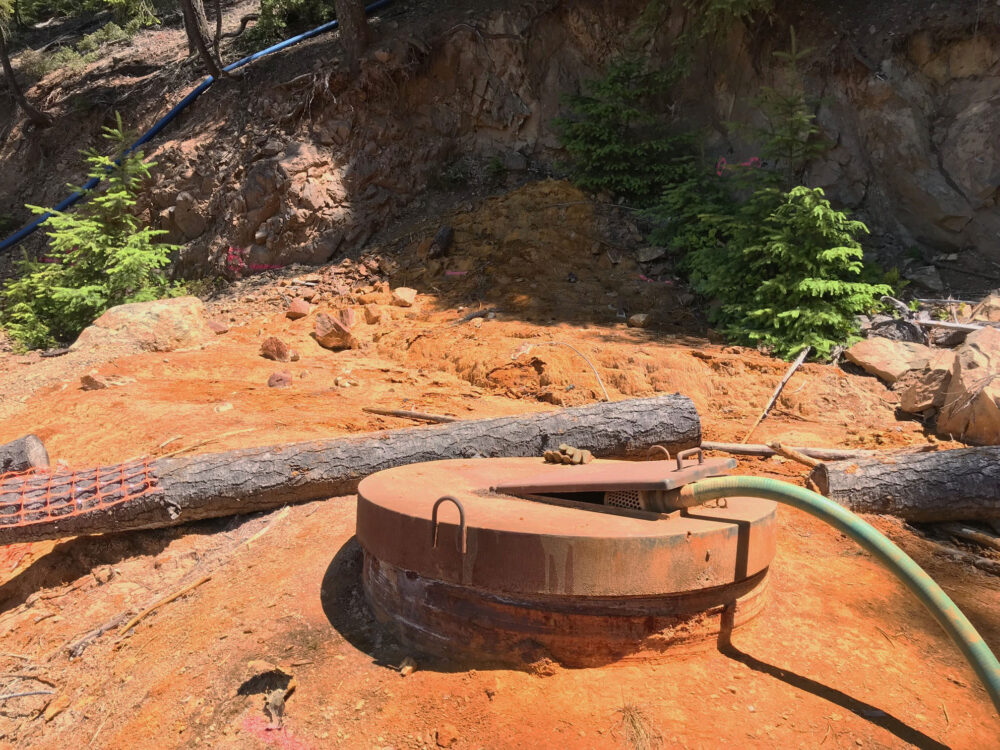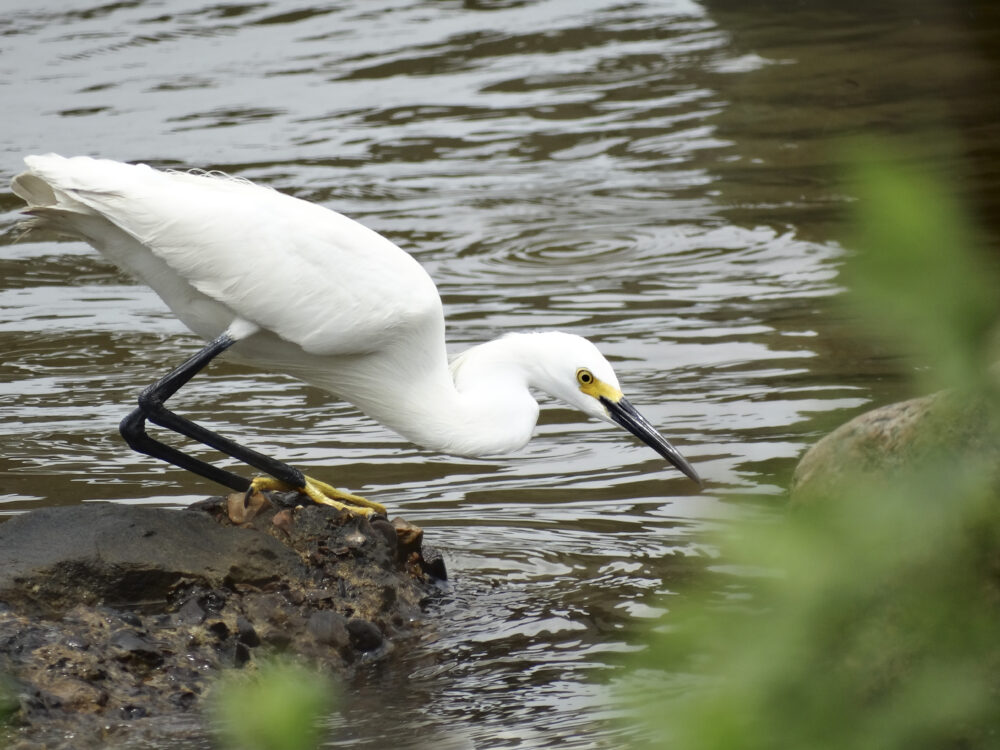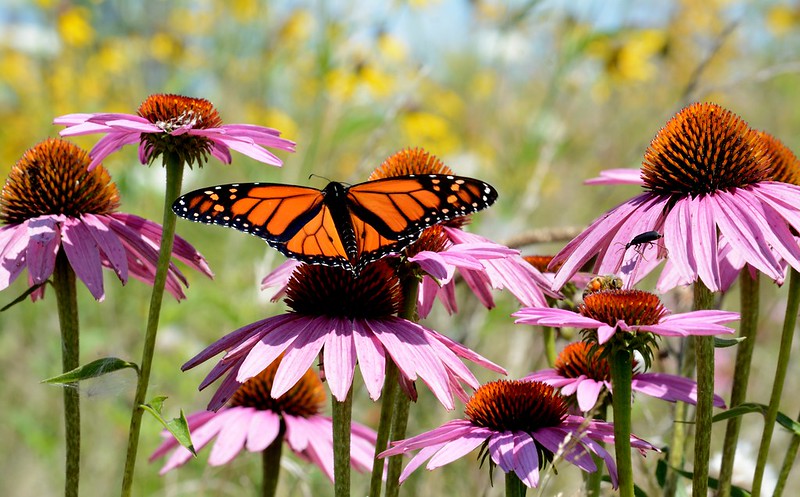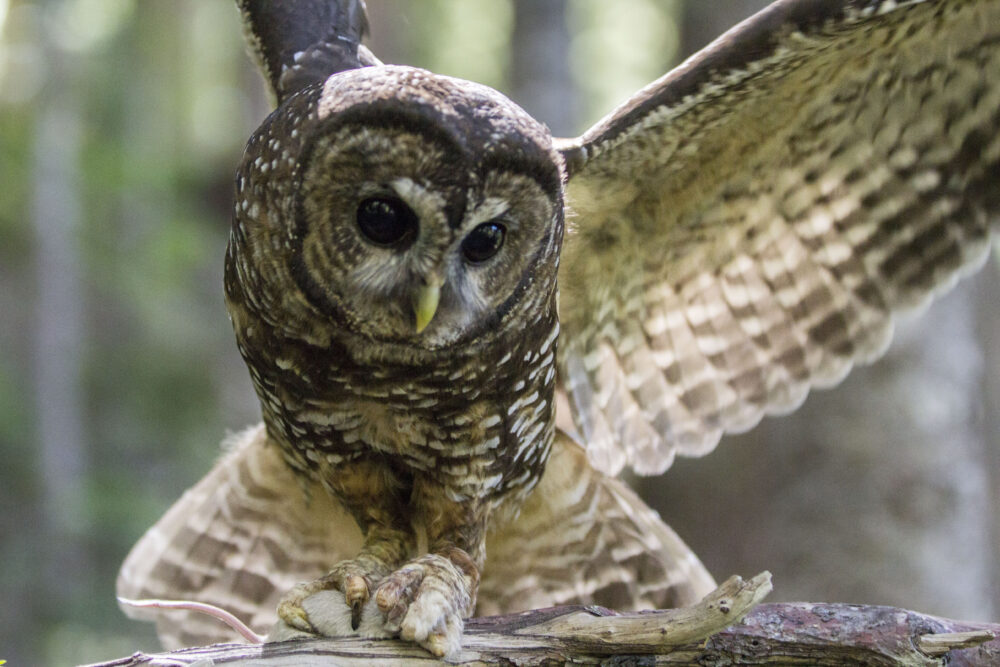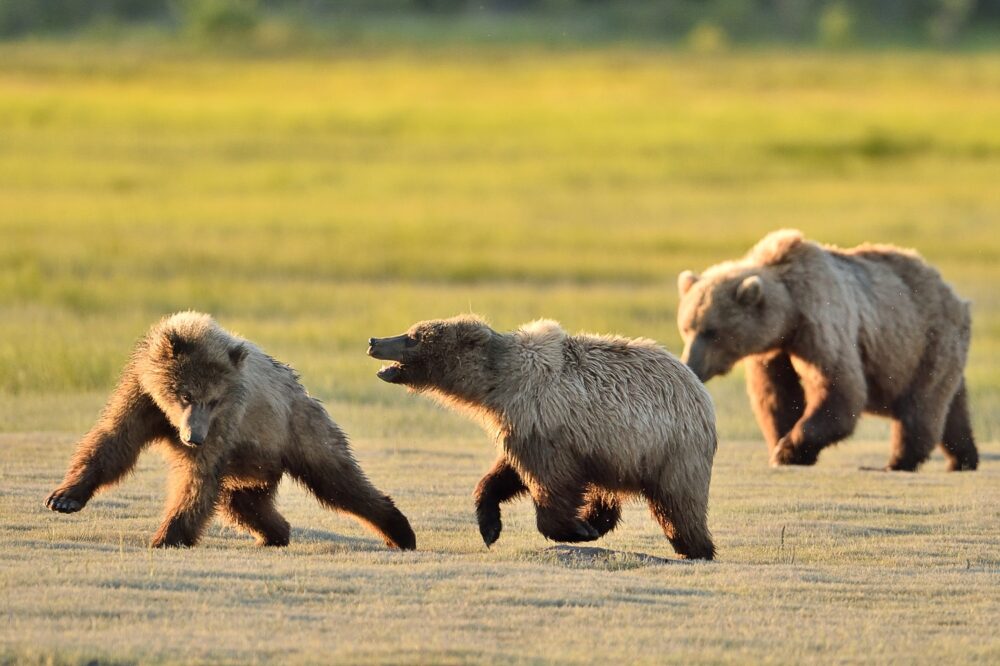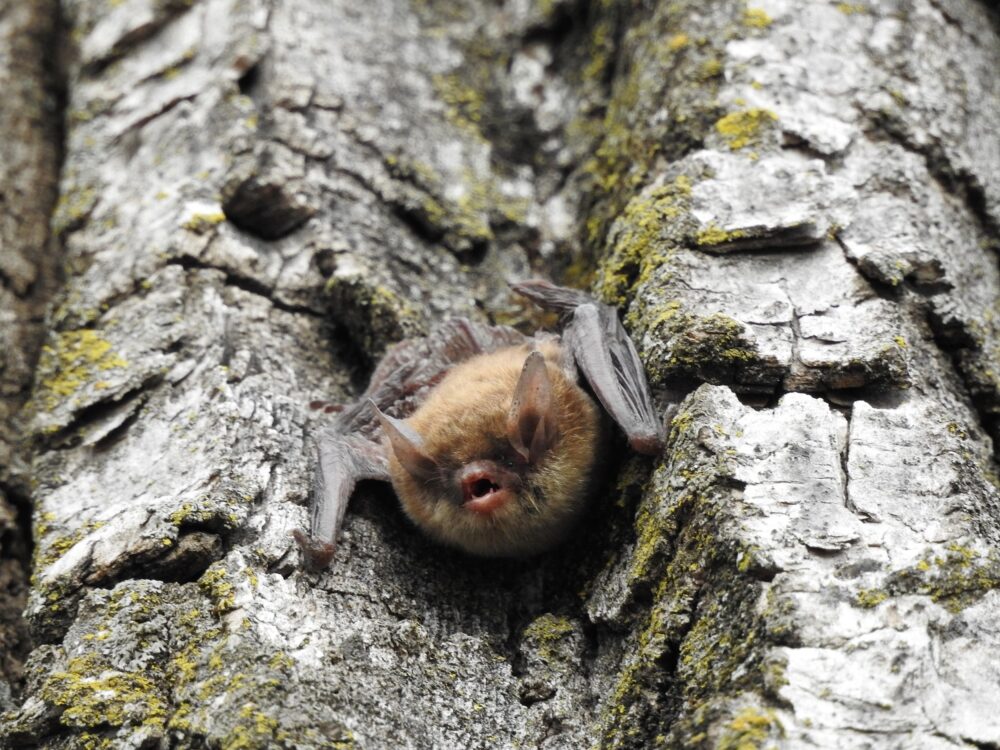We have much more to do and your continued support is needed now more than ever.
Report of Mountain Lion in Massachusetts: Real Sighting or Wild Tale?
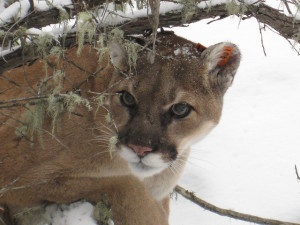
Television news has been abuzz up here in Massachusetts this week with the news that someone thinks he saw a mountain lion in a Boston suburb:
A mountain lion may have been spotted in Winchester Tuesday. A resident in the area of Ridge Street near Locke Farm told police he’s confident he saw a mountain lion.
The animal control officer was dispatched to the wooded area near the Locke Farm and found paw prints. The Environmental Police took photos of the prints and sent them to Mass. Wildlife for verification.
I talked to some of the National Wildlife Federation’s experts about the possible sighting. Their consensus: It’s very unlikely it was a mountain lion – also known as a cougar or catamount – since they were long ago completely wiped out from the eastern US outside Florida, but it’s not impossible.
“You’d be surprised at how off eyewitnesses can be at identifying wildlife and generally estimating the size and weight of an animal – this is why we have ‘big fish’ stories,” says NWF Naturalist David Mizejewski. “I suspect that there are some transient cougars that show up here in the east and that occasionally people DO spot them. But more likely they’re seeing a bobcat, coyote, fisher or deer – or even a rare breed domestic cat.”
“The mountain lion that was killed on the road in Connecticut a few years back had originated in South Dakota,” says Dr. Hector Galbraith, scientist in NWF’s Northeast Regional Center. “So it’s certainly possible for a wild mountain lion to get to New England under its own steam.”
Personally, I think reported sightings like this provide a fascinating look at our modern relationship with nature. There’s a lot of talk of fear, even though cougars prefer to avoid people. But fear alone doesn’t explain the explosion of interest and conversation whenever a sighting like this is reported.
There’s also an undercurrent of hope – are they back? Did we fail to beat nature into total submission? Could a symbol of American wilderness survive amid our sterile suburban cul-de-sacs?
While this sighting may be a false alarm, I’m optimistic sparks of conservation awareness like this can light a fire under the need to conserve habitat for all species.
![]() Support the work of Dr. Galbraith and the rest of our team of wildlife advocates at the NWF Northeast Regional Center.
Support the work of Dr. Galbraith and the rest of our team of wildlife advocates at the NWF Northeast Regional Center.




